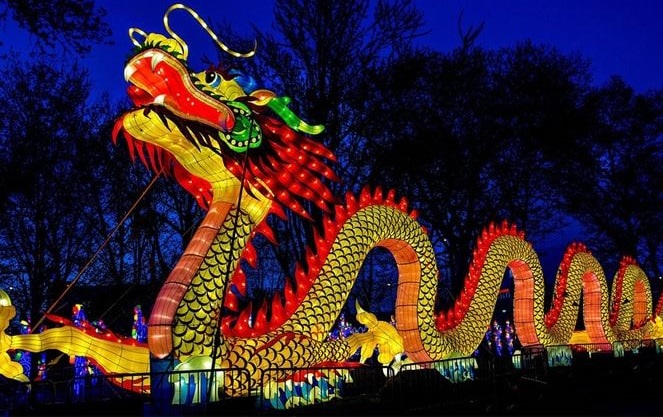What growth tendency is likely to be seen in China’s producer prices and inflation in the beginning of 2018?

Chinese producer price inflation decreased to the weakest level since late 2016 in December, while the consumer price expansion was mostly stable, removing pressure from the PBoC to constrain inflation even, as it hikes interest rates to curb the debt increase.
While a lingering moderation in producer price growth in China would cast doubts over the global reflation’s strength, it also provided domestic policymakers free rein to conduct further campaigns against pollution and industrial over-capacity.
Factory price inflation is anticipated to continue weakening, pressured by unclarities over the future for commodity prices. Weaker PPI, which usually translates into lower industrial profits, could cause more painful process of deleveraging.
“China’s economic growth, which is a main factor influencing PPI, is hard to predict as it will be influenced by how tough the deleveraging campaign is and how far the slowdown in the property market will go. The PBOC will be on wait-and-see mode at least in the first three months of 2018, as it needs to see more economic data before deciding whether to tighten or loosen monetary policy.”
–Larry Hu, Chief China Economist,
Macquarie Securities
“Price pressures remain contained in China, easing pressure on the PBOC to tighten policy. Cooling PPI inflation reflects slowing construction activity, while at the consumer level pricing power continues to be constrained.”
– Frederic Neumann, Asian economics research, HSBC Holdings

